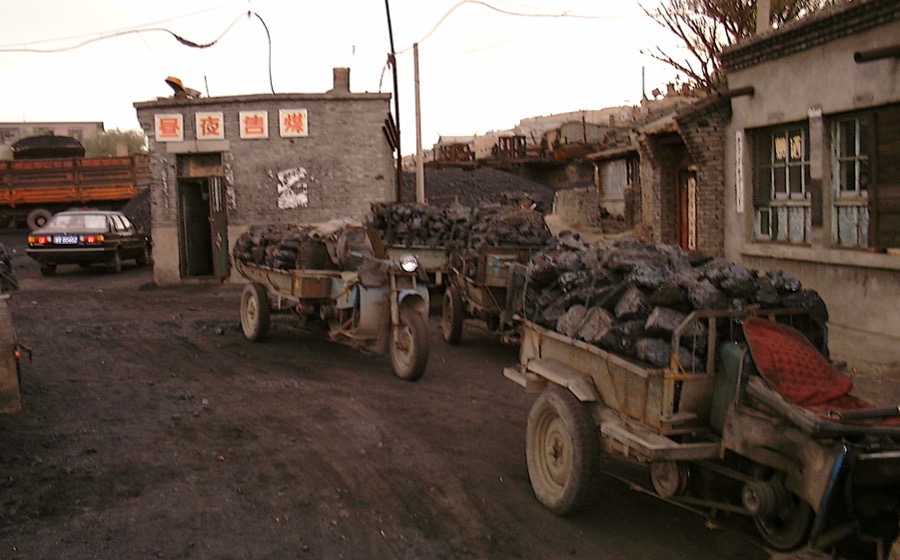China relaxes coal mining restrictions as supply tightens

China’s top planning body has reversed some of the restrictions imposed in March to local coal miners, as reduced output has dramatically increased prices for the nation’s top energy source.
The National Development and Reform Commission (NDRC) is now allowing companies to operate 330 days a year rather than the 276-day maximum previously imposed, Reuters reports.
Mines can now operate 330 days a year rather than the 276-day maximum previously imposed.
The move comes after October production figures revealed that local coal production dropped 11% from January to October 2016, when compared to the same period last year. On a daily basis, output in October dropped 1.5% from September.
It also come on the heels of an International Energy Agency’s (IEA) report that estimates China’s coal use is likely to have peaked in 2013.
Coal generated 84% of all electricity in Asia’s richest economy in 2014, but the IEA’s forecasts that figure will drop down to about 54% per cent in 2040.
“China could ease the pace of supply cuts, raising the possibility of China becoming a coal exporter in order to get rid of surplus output: this would prolong the slump in the international market,” the report says.
Despite the fresh measures, analysts at Wood Mackenzie expect coal prices to remain well above 2016 lows as the Chinese government balances maintaining positive cash flows for a majority of coal producers with margins of the utility sector.
The research firm, however, warns there is also a significant likelihood of continued price volatility in the seaborne market as the Chinese government adjusts its policy to achieve desired domestic outcomes.
More News
{{ commodity.name }}
{{ post.title }}
{{ post.date }}




Comments